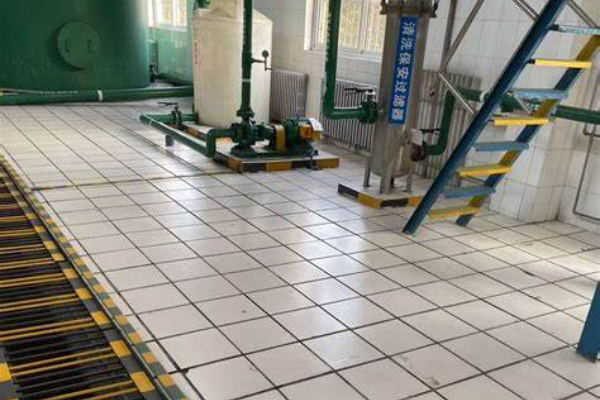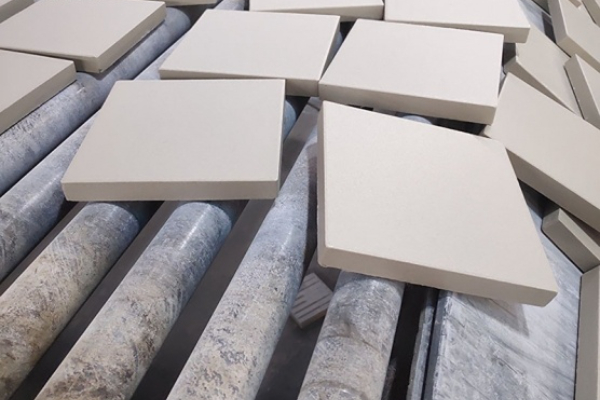The service life of acid-resistant ceramic tile generally depends on the quality of the acid-proof tiles themselves, as well as the quality of the auxiliary materials and the operation of the construction process. When purchasing acid-resistant tiles, you must strictly follow the selection method of acid-resistant tiles as the material selection criteria when purchasing, and select materials of appropriate quality. After passing the test, the quality of the auxiliary materials is up to standard, and the rest is a matter of construction.
Problems with incorrect construction of acid-resistant ceramic tile

- The auxiliary materials are not solid, and bubbles or gaps are in the middle. It is easy to cause leakage of liquid in the reaction tank and cause the bricks to fall off.
- Acid-resistant bricks crack. During the construction process, the tiles may be cut or accidentally cracked, allowing liquid to enter the plain surface of the acid-resistant bricks. Cause corrosion.
- The base is uneven, resulting in gaps between the acid-resistant bricks and the base. In later use, due to physical collision or noon pressure, problems such as breakage and damage may occur during use.
- The surface of the base or acid-resistant bricks is not clean, and the acid-resistant bricks are not fully fixed to the base during construction. causing construction failure. Affect service life.
Things to note when laying acid-resistant bricks

- Acid-resistant ceramic tiles should be soaked in water before being laid and then dried to ensure that they are dry on the outside and moist on the inside without any traces of water on the surface.
- Before pasting acid-resistant bricks, draw cross lines in the horizontal and vertical directions. When pasting, make sure they are connected horizontally and vertically, and no misaligned seams are allowed.
- Pay attention to whether the acid-resistant bricks need to be parqueted or laid in the same direction. The floor tiles must be cut accurately and the gaps must be even.
- When laying floor tiles, clean them as they are laid and keep them clean at all times. Clean the cement mortar in the brick joints, and then point the joints after completion.
- When laying floor tiles, no human beings are allowed to step on them. After laying, the joints should be cleared within 24 hours and maintained.
- After the floor tiles are laid and inspected to be in good condition, cover them all with thick cardboard for protection. The iron nails on the cardboard should be removed. To prevent debris from entering, the cardboard must be tightly pasted with sealing tape.
- Do not use water when there is no drainage or water accumulation equipment. Do not soak the cardboard used to protect the floor tiles to prevent indirect contamination of the floor tiles.
- The acid-resistant brick jointing should be carried out before completion. The joints should be cleaned first, and the putty should be adjusted with white cement and talc powder. The jointing putty should be 1mm lower than the brick surface.
 Rongsheng Group
Rongsheng Group

WeChat
Scan the QR Code with wechat